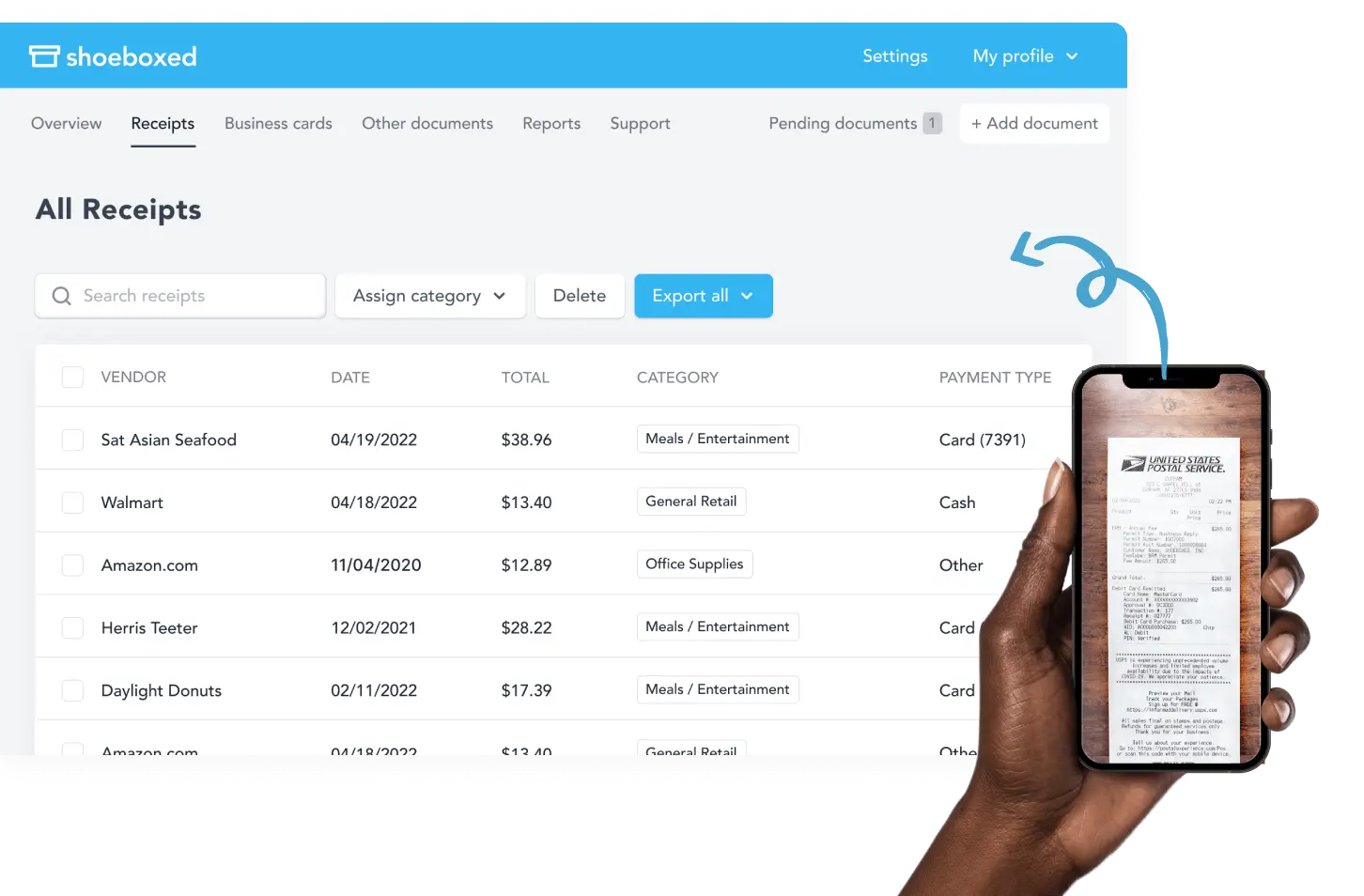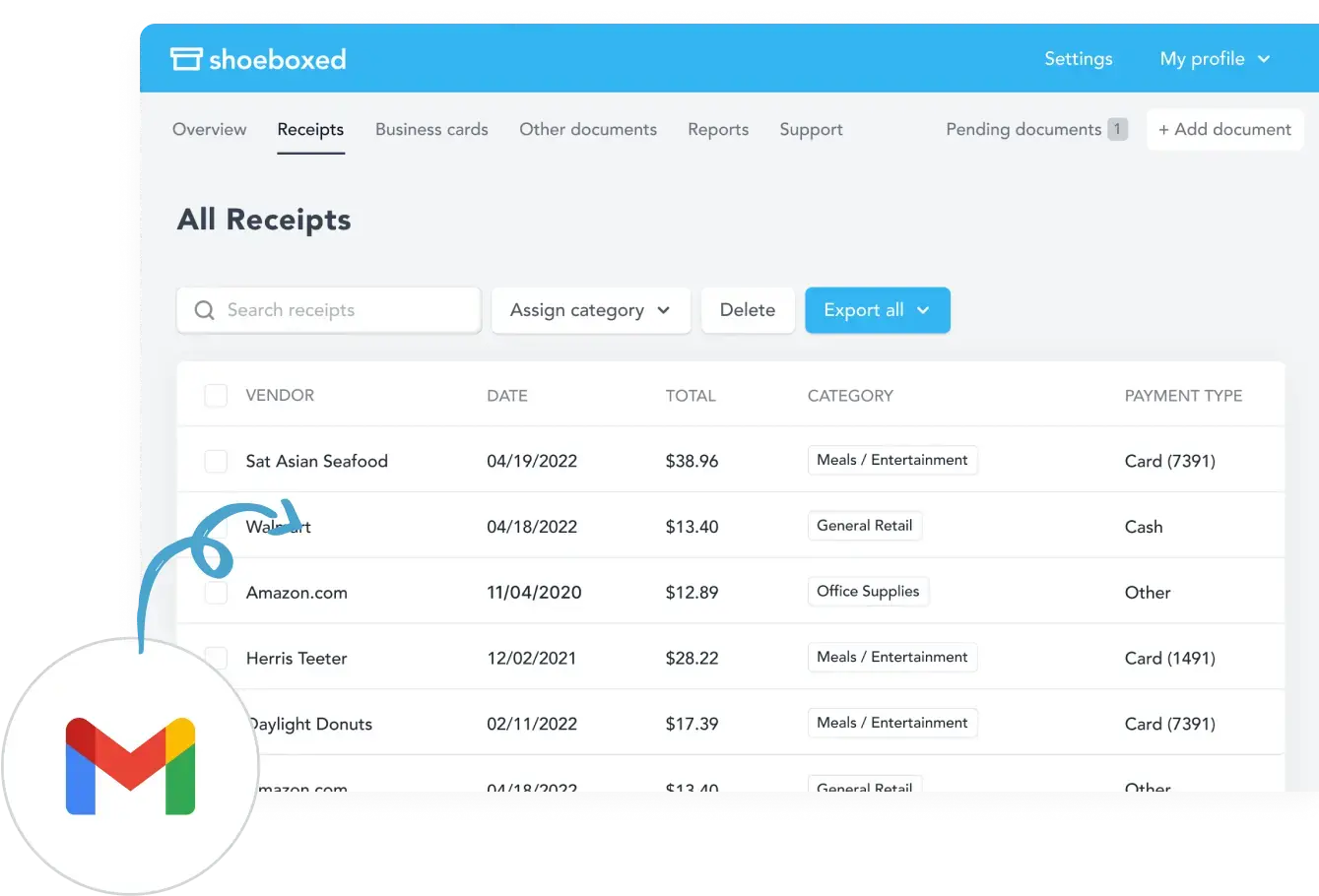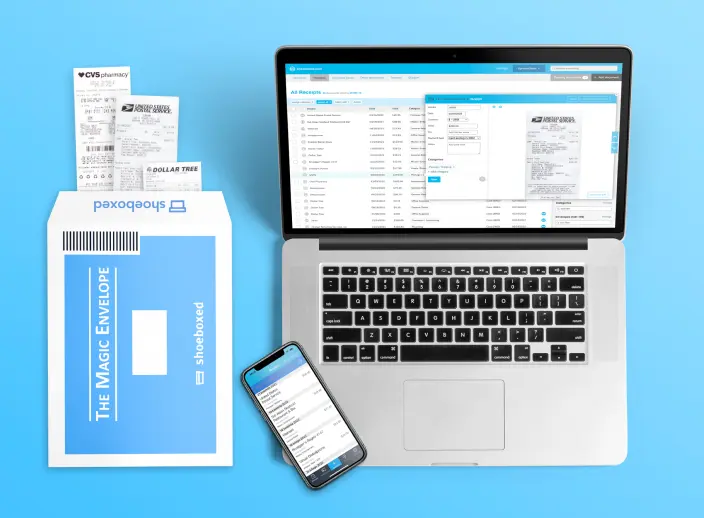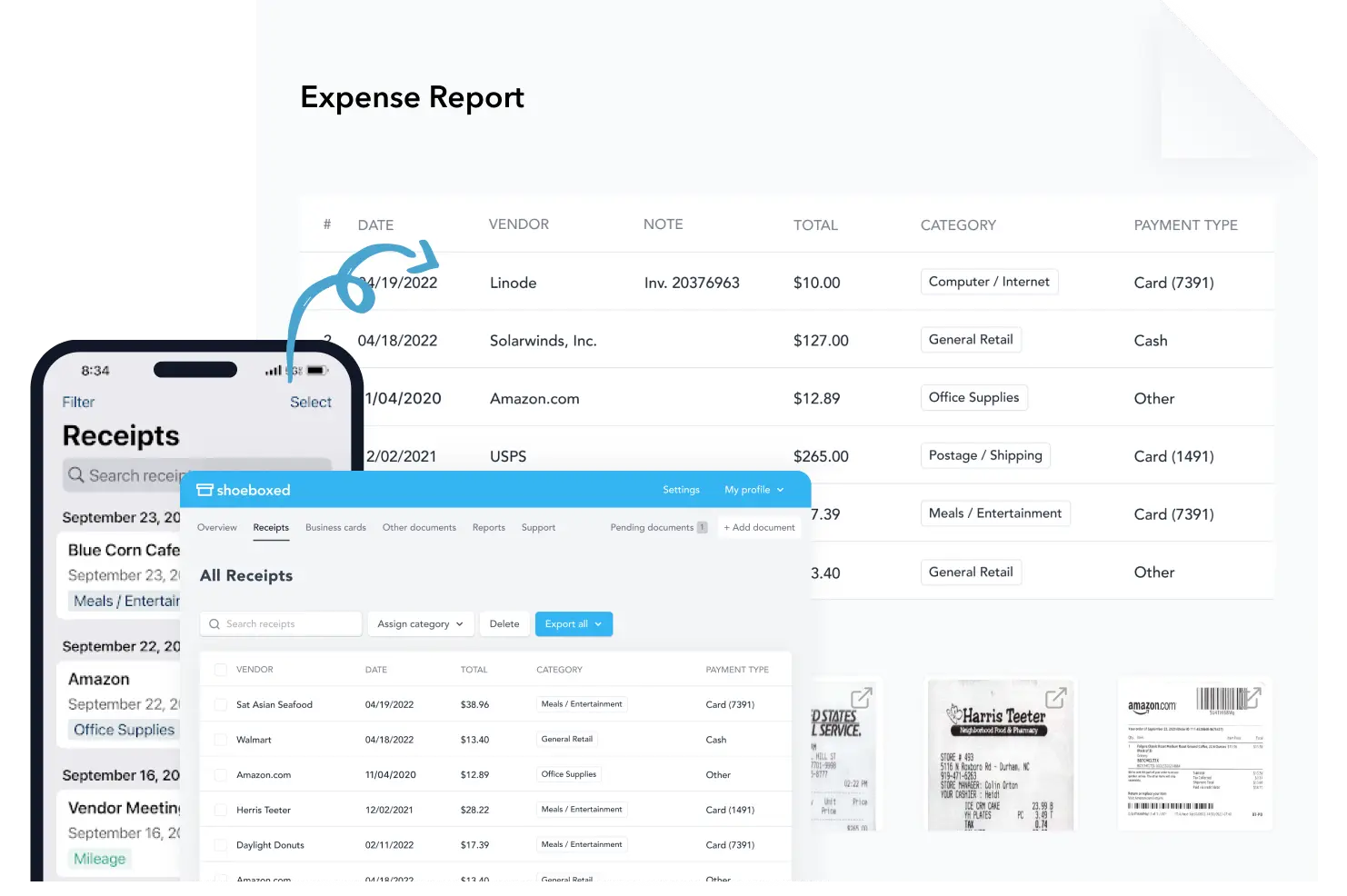Whether small business owners take a business loan or rely on credit cards to finance their business, managing debt is a common part of entrepreneurship.
Leveraging credit can be a smart growth strategy for many small businesses. However, if the business credit card debt is not handled properly, it can lead to financial challenges.
When that happens, it's important to step back and reevaluate your situation.
Disclaimer: Consult a financial advisor or legal professional for guidance tailored to your situation.
Understanding business credit card debt
What is business credit card debt?

Business credit card debt comes from an outstanding balance that a company accumulates when using a business credit card for purchases and expenses.
Having unpaid business card debt is usually normal, as it's temporary, and the business will repay it within a typical operating cycle.
However, business credit card debt that lingers longer than the operating cycle or grows uncontrollably will become a serious financial burden that will affect cash flow, creditworthiness, and the business's overall stability.
How can business credit card debt occur?
Having debt in your business is normal and is often necessary to manage cash flow, fund growth, and cover unexpected expenses.
However, there are scenarios where the debt can spiral out of control:
Seasonal cash flow gaps: Revenue fluctuation is normal in seasonal trends. Businesses can accumulate more debt if they cannot repay the balance if the revenue doesn't pick up the next season.
Unexpected expenses: Can range from equipment breakdowns to inventory shortages or unplanned projects that force businesses to rely on credit cards to bridge financial gaps.
Overleveraging: Occurs when spending exceeds the business's ability to repay it within a short period, leading to debt in the long run.
High interest rates: credit cards with interest rates can cause the overall balances to grow quickly, especially if the minimum payments are made.
Lack of budgeting: Without a clear financial plan or proper expense tracking, it's easy to overspend, leading to debt accumulation over time.
Should I pay off business credit card debt?
Paying off business credit card debt is important to maintain financial health and stability.
While having some debt is normal, unpaid debt with high interest can lead to occurring costs, reduced cash flow, and potential harm to your business and personal credit.
A clear repayment plan and disciplined budgeting can help your business regain financial balance and reduce risks.
Signs when your business credit card debt is becoming unmanageable

Recognizing when your business credit card debt is spiraling out of control is important to keep your finances stable and support long-term growth.
One of the first signs is meeting the minimum monthly credit card payments, which indicates that your business's cash flow is insufficient to cover your financial obligations.
Another red flag is relying on new credit cards or small business loans to pay off current business debt, which can create a dangerous cycle of borrowing and compound the problem. It can also negatively affect one's credit history, making it difficult to secure future financing.
Additionally, if a business depends on credit cards to cover basic operating expenses such as payroll, inventory, or utilities, it is not generating enough revenue.
How to manage and reduce business credit card debt
a) Use budgeting and cash flow management tools

A clear budget and understanding of cash flow are important for managing and reducing business credit card debt and becoming debt-free.
First, you can analyze your income and expenses to identify areas for cost reduction and resource allocation.
Use Shoeboxed to organize your receipts and track spending.

Use Shoeboxed to keep track of your business operation costs and have an accurate picture of your financial health.
Lighten the Load✨
Learn How a Multi-Campus Church Reclaims 20 Hours a Month with the Shoeboxed App
Read the case studyDigitize your receipts
Shoebox uses OCR data extraction technology to manage, organize, and process all receipt data.
OCR not only digitizes your receipts but also automatically categorizes them, creates accurate expense reports, and helps you stay compliant and audit-ready.
Various ways to track receipts with ease
Shoeboxed has multiple ways for your business and employees to track receipts, expenses, and invoices.

First, you can download the Shoeboxed mobile app and scan your receipts on the go. No more waiting to turn in your receipts to the business, where you can snap everything in the app.
Don't have space on your phone for another app? That's no problem. You can take a photo of the receipt and send it to your dedicated Shoeboxed address. Your dashboard allows you to view all receipts, invoices, and documents.

Another option is to sync your Shoeboxed account with Gmail, so all incoming receipts to your Gmail account will automatically be sent to your Shoeboxed dashboard
Got too many receipts to individually take a photo of? Consider using Shoeboxed's Magic Envelope.

You can stuff your receipts into the envelope, which will be shipped to Shoeboxed's scanning facility. Everything inside will be scanned and sent to your dashboard.
Expense reporting
Since your receipts are on your Shoeboxed's dashboard, you can quickly and easily create detailed expense reports.
Shoeboxed's software can automatically organize your receipts into travel, meals, and supply categories for accurate tax record-keeping. These reports will have the date, amount, and category of each expense that you can share with your accountant for transparency, seeking loans, and managing audits.

Quickbooks integrations and more
You can integrate Shoeboxed with Quickbooks, Xero Add-On, Evernote, Bench, and other accounting software to quickly organize your receipt data directly in your accounting software.
These integrations eliminate manual data entry, saving time and reducing error risks in your business financial records.
Break free from paper clutter ✨
Use Shoeboxed’s Magic Envelope to ship off your receipts and get them back as scanned data in a private, secure cloud-based account. 📁 Try free for 30 days!
Get Started Todayb) Prevent future business credit card debt
Preventing business credit card debt is proactive financial management and strategic planning.
One way is to build an emergency fund as a financial cushion for unexpected expenses, such as equipment failure, inventory shortages, or temporary revenue slowdowns. This fund will reduce the reliance on credit cards during emergencies.
At the same time, businesses should avoid maxing out their credit limits and aim to keep utilization under 30%. Maintaining a low credit utilization ratio helps preserve cash flow and protects the business credit score from decreasing.
Additionally, regular financial reviews are another important practice for monitoring income and tracking expenses in alignment with budgetary goals.
c) Use the Snowball Method to tackle debt
If you are overwhelmed with any debt, it's important to start reviewing your financial situation by listing all the debt and identifying areas for expenses.
One of the best methods is prioritizing your high-interest debts or using the "snowball method" to tackle smaller debts for motivation. Another option to consider is using a balance transfer credit card to consolidate high-interest balances to have a lower or zero-interest introductory period so you can focus on paying the principal amount without accumulating additional interest.
When creating a repayment plan, it's important to prevent new debt. So contact your creditors to negotiate better terms or explore other consolidation options to simplify payments and lower costs.
However, if the situation becomes unmanageable, seek professional advice or consider legal options to protect your business and work toward recovery.
What happens if you can't pay back a business credit card?
If you can't pay back your business credit card, it can lead to:
Late fees: can be $40-$50 or 2-3% of the past-due amount.
Penalty APR: the interest rate may increase to a penalty APR ranging from 30-33%, which can be applied when there have been 6-12 months of consecutive late payments.
Credit score impact: Late payments will lower your business and personal credit scores, which can remain on your credit report for up to 7 years.
Collections: After many missed payments, your account may be sent to a debt collection agency.
Legal action: In extreme cases, the credit card company can sue you to recoup the debt, which can put your personal assets at risk.
Personal liability: When you sign a personal guarantee, you are personally responsible for the debt, even if it is on a business credit card.
Contact your card issuer to discuss payment options or explore debt consolidation strategies.
Frequently asked questions
What happens to LLC credit card debt?
The credit card debt belongs to the LLC, not the member individually. However, the LLC is not responsible for the member's personal debt.
Am I personally liable for business credit card debt?
Many business credit cards require a personal guarantee or someone to be accountable for the credit card payments. Usually, it's the business owner, so you may be personally responsible for the repayment.
Can you write off business credit card debt?
While you can not directly write off business credit card debt, you can deduct interest paid on the debt and any business expenses. Additionally, fees associated with the card are deductible annually.
In closing
Managing business credit card debt is important to maintaining your business's financial health and stability.
Strategic budgeting, expense tracking, and repayment priorities can help your finances stay on track and reduce financial risks.
About Shoeboxed!
Shoeboxed is a receipt scanning service with receipt management software that supports multiple methods for receipt capture: send, scan, upload, forward, and more!
You can stuff your receipts into one of our Magic Envelopes (prepaid postage within the US). Use our receipt tracker + receipt scanner app (iPhone, iPad, and Android) to snap a picture while on the go. Auto-import receipts from Gmail. Or forward a receipt to your designated Shoeboxed email address.
Turn your receipts into data and deductibles with our expense reports, including IRS-accepted receipt images.
Join over 1 million businesses scanning & organizing receipts, creating expense reports, and more—with Shoeboxed.
Try Shoeboxed today!



